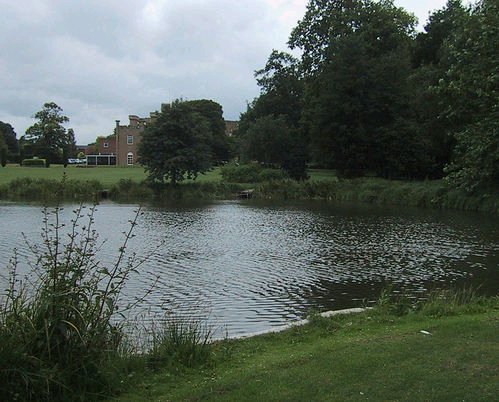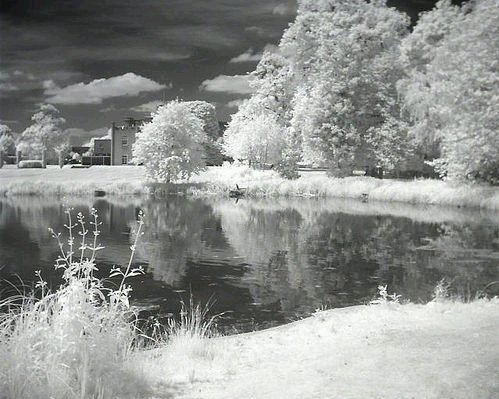"Vision and visual communication are central in HCI. Researchers need to understand visual information processing and be equipped with appropriate research tools and methods for understanding users' visual processes.
The GaCIT summer school offers an intensive one-week camp where doctoral students and researchers can learn and refresh vision related skills and knowledge under the tutelage of leading experts in the area. There will be an emphasis on the use of eye tracking technology as a research tool. The program will include theoretical lectures and hands-on exercises, an opportunity for participants to present their own work, and a social program enabling participants to exchange their experiences in a relaxing and inspiring atmosphere."
The following themes and speakers will be included:
Active Vision and Visual Cognition (Boris Velichkovsky)
Topics will include issues in visual perception with relevant aspects of attention, memory, and communication.Hands-on Eye Tracking: Working with Images and Video (Andrew Duchowski)
Topics will include: Eye tracking methodology and experimental design review; setting up an image study: feedforward visual inspection training; visualization and analysis; exercise: between-subjects static fixation analysis; and analysis of eye tracked video.Designing Eye-Gaze Interaction: Supporting Tasks and Interaction Techniques (Howell Istance)
This part of the summer school will examine how user needs and tasks can be mapped on particular ways of designing gaze-based interaction. This will cover traditional desktop applications as well as 3D virtual communities and on-line games.Eye tracking in Web Search Studies (Edward Cutrell)
Topics will include: Eye tracking research on web search and more general web-based analysis with a brief hands-on session to try out the techniques.Participant Presentations
Time has been reserved for those participants that are doing or planning to do work related to the theme of the summer school to present and discuss their work or plans with the other participants.




